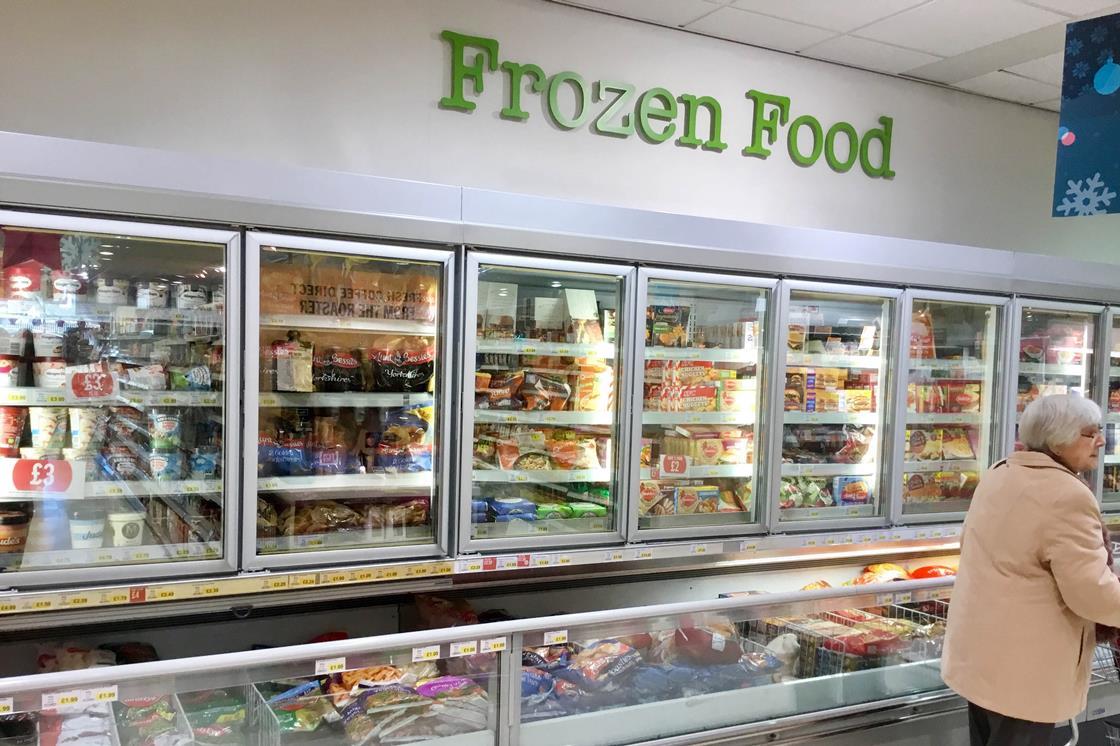Fresh produce is undeniably delightful, but there’s a secret champion in the world of convenience and nutrition – frozen produce. Thanks to modern freezing methods, these frosty delights are no longer the nutritional underdogs. In this article, we’ll explore how freezing techniques have evolved to preserve the nutrients in frozen fruits and vegetables, making them a convenient and nutritious option year-round.
The Evolution of Frozen Produce
In the not-so-distant past, frozen produce was seen as a compromise. People assumed that the freezing process stripped fruits and vegetables of their nutritional value, leaving them a subpar alternative to fresh. However, this misconception has been debunked, and frozen produce has taken its rightful place as a nutritional powerhouse.
Flash Freezing: A Nutrient Lockdown
The key to the nutritional preservation in frozen produce is flash freezing. This rapid freezing method locks in nutrients at their peak, ensuring that they are retained until consumption. Here’s how it works:
- Harvest at Peak Ripeness: Fruits and vegetables destined for freezing are picked at their peak ripeness when their nutrient content is highest.
- Minimal Processing: The produce is cleaned, trimmed, and, in some cases, blanched. This minimizes the loss of nutrients during the subsequent freezing process.
https://i.pinimg.com/originals/bd/63/15/bd631561485566f565a5ac52d5ba18cf.jpg - Flash Freezing: The produce is frozen at ultra-low temperatures within hours of being harvested. This rapid freezing prevents the formation of large ice crystals that can damage cell structures and compromise nutrient retention.
- Sealed Packaging: The flash-frozen produce is then sealed in airtight packaging to prevent exposure to oxygen, which can lead to nutrient degradation.
Nutritional Content Retention
Flash freezing is the hero when it comes to preserving the nutritional content of frozen produce. Some key nutrients that are well-preserved include:
- Vitamins: Vitamins like vitamin C, vitamin A, and certain B vitamins are retained in high quantities.
- Minerals: Essential minerals such as potassium, magnesium, and iron are also well-preserved.
- Antioxidants: Frozen produce retains a significant portion of its antioxidant content, which helps combat free radicals and reduce oxidative stress in the body.
- Fiber: Dietary fiber is preserved in frozen produce, contributing to digestive health and a feeling of fullness.
Nutrient Loss Myths Debunked
Several nutrient loss myths have circulated regarding frozen produce, but they’ve been largely debunked by scientific research. These include:
- Myth 1: Frozen Produce Loses Vitamins: As mentioned, flash freezing locks in vitamins, so there’s minimal loss during the freezing process.
- Myth 2: Fresh is Always Better: The nutrient content of fresh produce can degrade during transportation and storage, making frozen produce a more reliable option for consistent nutrient retention.
- Myth 3: Nutrient Loss During Cooking: While cooking frozen produce can result in some nutrient loss, it’s comparable to the nutrient loss in fresh produce when cooking methods are similar.
Convenience and Cost-Effectiveness
Frozen produce not only preserves nutrients but also offers several advantages:
- Convenience: It’s available year-round and requires no washing, peeling, or chopping.
- Less Food Waste: Frozen produce has a longer shelf life, reducing food waste.
- Cost-Effective: It often costs less than fresh produce, making it an economical choice.
How to Make the Most of Frozen Produce
To make the most of frozen produce, consider these tips:
- Check Labels: Look for frozen produce with no added sugars, salt, or preservatives.
- Mix and Match: Combine frozen and fresh produce to enjoy the best of both worlds.
https://th.bing.com/th/id/R.366143a1d18e9303451226e33d5b224f?rik=5HrUgB3kThD7yw&pid=ImgRaw&r=0 - Watch Cooking Methods: Steam or microwave frozen produce to minimize nutrient loss during cooking.
- Storage: Keep frozen produce at the recommended temperature to maintain quality and nutrient retention.
In Conclusion: The Freezing Revolution
Frozen produce has undergone a nutritional revolution, thanks to flash freezing techniques that preserve the goodness of fruits and vegetables. It offers convenience, cost-effectiveness, and year-round availability without compromising on nutritional value. Whether you’re whipping up a quick weeknight dinner or adding fruits to your smoothie, frozen produce is your ally for nutrition and practicality, no matter the season.






